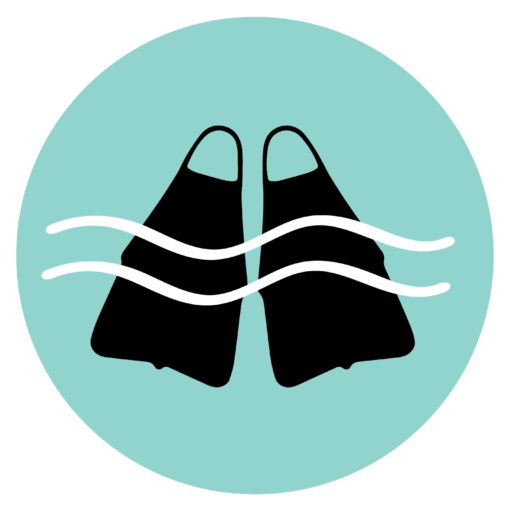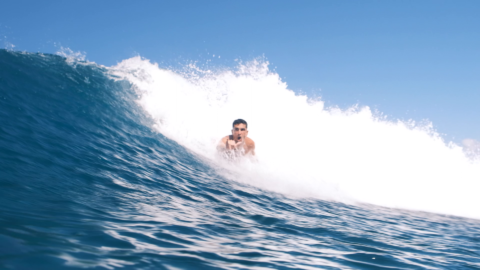Bodysurfing, or wave gliding, as the ancient Polynesians described it, is the simplest and purest form of surfing. Bodysurfing is thought to be the oldest version of wave riding, practiced by ocean-centered cultures for thousands of years.
In fact, one of the earliest written accounts of bodysurfing came from Captain James Cook’s first voyage around the world on the HMS Endeavour, when crewmembers observed Tahitians bodysurfing a local reef break in 1769.
Although bodysurfing has been largely overshadowed by the rising popularity of board-surfing in recent decades, the sport was once in vogue with the majority of ocean-goers. Prior to the invention of the surf leash in the 1970s, bodysurfing was how surfers retrieved their lost boards after wiping out, making it a prerequisite skill for all other forms of wave riding.
The Story
Costa Rican bodysurfer Pablo Solano stumbled upon the sport one day when he accidentally caught a breaking wave while swimming in the ocean. Pablo had never encountered another bodysurfer at his home break of Playa Hermosa, and knew nothing about the ancient water sport.
After experiencing the thrill of sliding down a wave with nothing more than his body, Pablo was hooked. He immediately went home and did some research, discovering that other bodysurfers did in fact exist.
Today, Pablo is one of the best bodysurfers in Costa Rica. From hollow reef breaks on the Caribbean side, to peeling point breaks along the Pacific coast, Pablo always seems to know where to score the best waves in his home country.
Pablo’s story will be featured in our upcoming film set to be released next year titled Pura Vida Bodysurfing.
Filmed by Tico surf photographer Felipe Sanchez, Pura Vida Bodysurfing features some of Costa Rica’s best waves—including Dominical, Hermosa, Matapalo, and Barranca—being ridden by Pablo and friends sin tabla.
The film’s soundtrack will include music from popular Costa Rican bands such as Abedúl, Balerom, Cambute, and Cocofunka.
Make sure to stay tuned and follow the film’s progress here.
Mission Statement
This film aims to put Costa Rican bodysurfing on the map by featuring some of the country’s best waves being ridden by local bodysurfers. Our goal is to highlight the natural beauty of this country—its waves, people, food, wildlife—and inspire a new generation of bodysurfers to connect with the ocean in a more sustainable and conscious way.

Furthermore, we will include the female perspective on ocean recreation, which has been grossly overlooked in most surf films. We strive to position bodysurfing as an “elegant diversion” accessible to a broad range of individuals regardless of race, gender, or socioeconomic class.
Despite the positive impact of surfing in many regards, its dominant narratives have also presented some challenges: the comparison between men and women, the objectification of the latter, and the disregard for the preservation of the natural world and the cultural differences that define it. – Lauren L. Hill
What I love about bodysurfing is that it is cheap, simple, inclusive, and empowering, and we will certainly highlight these themes throughout the film. Basically, we want to make the case that anyone watching the film can (and should) become a bodysurfer.

We’d like to send a special thank you to our sponsors Costa Verde Surf Shop and DaFiN for their support!


